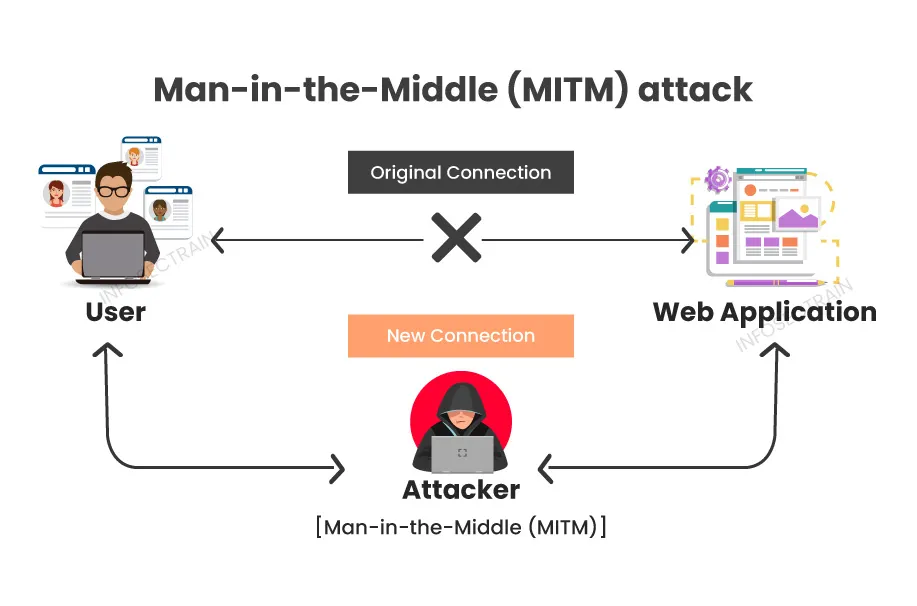Category: Authentication
-

Taking the Risk out of Customer Identity Migration
When it comes to Customer Identity integration, Migration is an almost inevitable part of the journey, and one that can be a challenging and risky prospect if not approached in the right way. In this article, I’ll be discussing what you’ll need to consider in order to make your transition as smooth as possible.
-

Why Account Linking Should Be Pivotal in your CIAM SSO
Account linking isn’t just a technical feature, it’s a strategic capability you’ll almost certainly want to employ. The ability to recognize and unify customer identities not only offers a competitive advantage, but in an SSO context is a necessity to unlocking the full potential of the user experience, data integrity, personalization, security, and compliance.
-

Anatomy of a Password
Password authentication remains a cornerstone of Customer Identity and Access Management (CIAM) systems, but to be effective, it must be secure. Passwords must never be stored in plain text, proper encryption, hashing and salting techniques must be employed, and regular monitoring with periodic auditing is essential to keeping password data secure.
-

B2C and B2B SaaS Authentication Architectures
The CIAM requirements for B2C and B2B SaaS differ significantly due to the varying needs for security, complexity, and user experience. B2C platforms emphasize ease of use and scalability, where B2B SaaS platforms focus on the addition of enterprise-level integrations and adaptive processes that provide greater flexibility, granular access control, and robust security.
-

Passwordless OTP and Magic Link Scenarios
Passwordless authentication methods like Magic Links and OTPs provide substantial benefits in terms of user experience, security, and scalability in numerous workflow scenarios. By eliminating passwords, these methods reduce the risk of phishing and credential theft while providing seamless access to users.
-

Passkeys and Their Role in Customer Identity & Access Management
Passkeys represent the future of authentication, offering businesses and users a more secure, user-friendly, and privacy-respecting method of logging in. By replacing traditional passwords with cryptographic keys, passkeys address many of the vulnerabilities that have plagued password-based systems for years.




































